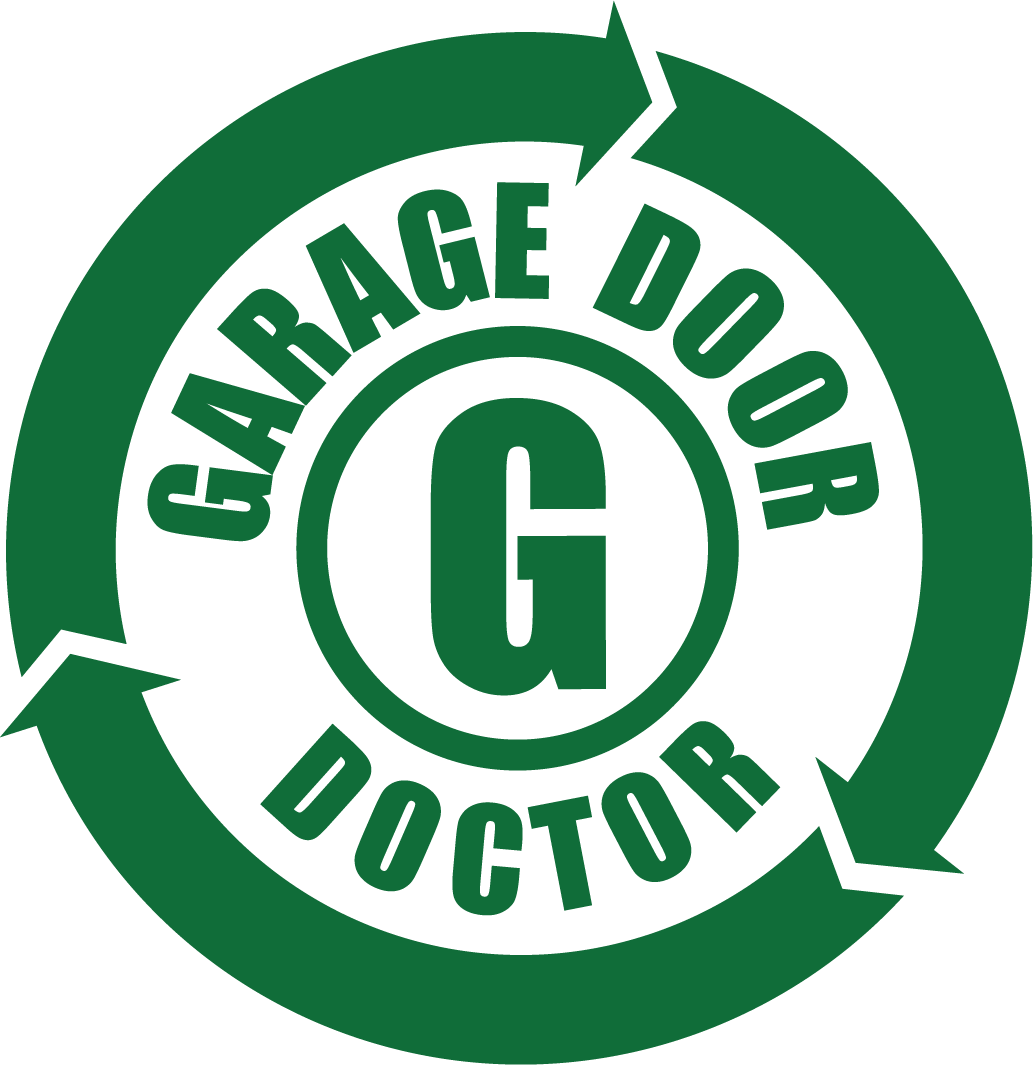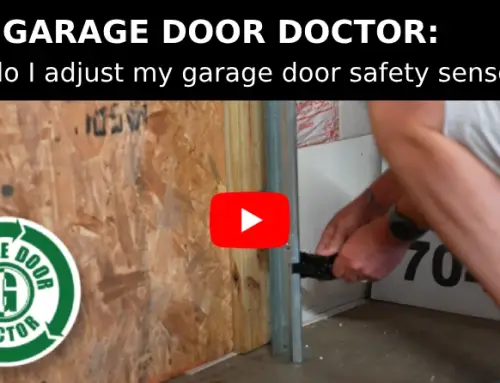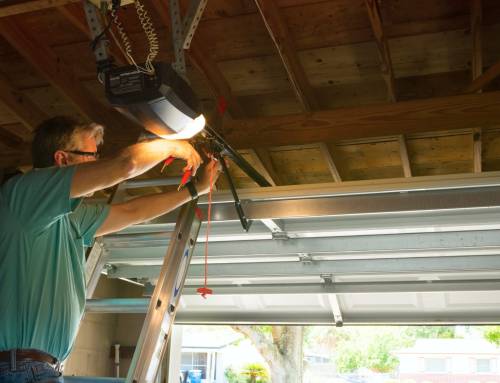How do I replace my historic garage door?
We are blessed with many historical neighborhoods in the Carolinas. Here in Charlotte alone, Dilworth, Eastover, Elizabeth, Fourth Ward, Myers Park, and Plaza Midwood come to mind. While old homes are charming and full of character, big moving parts like old garage (or carriage) doors unfortunately can become a maintenance nightmare with age.
Replacing a historic garage door can be a significant project, and it’s important to approach it with care and consideration to preserve the historical character of your property. Here are the steps to follow when replacing a historic garage door:
- Research and Documentation:
- Understand the history and architectural style of your garage and home. Learn about any specific design elements, materials, or features that make it historically significant.
- Check local historic preservation guidelines and regulations to understand what is allowed and required for preserving the historic character of your property.
- Obtain Necessary Approvals:
- If your property falls under a historic district or is designated as a historic landmark, you will likely need approval from the local historic preservation commission or board before making any changes.
- Contact your local historic preservation office to inquire about the approval process and guidelines for replacing a historic garage door.
- Hire a Professional:
- Consult with an experienced architect or designer who specializes in historic preservation to help you choose an appropriate replacement garage door that complements the historic character of your property.
- Seek out a reputable garage door installation company that has experience working with historic properties.
- Select the Right Garage Door:
- Choose a garage door that matches the architectural style and period of your historic property. Consider materials, design, hardware, and finish. Unfortunately, many steel doors on the market today do not meet historic district guidelines.
- Look for manufacturers or suppliers that offer custom or historically accurate garage doors, or explore options for custom design to meet your specific needs.
- Ensure Energy Efficiency:
- If your historic garage is attached to your home or if you want to improve energy efficiency, consider an insulated garage door. Insulation can be discreetly incorporated without compromising the historic appearance.
- Maintain Historical Features:
- Preserve any original architectural details of the garage. This may include decorative elements, trim, or hardware. Salvage or replicate these features as needed to maintain historical accuracy.
- Obtain Permits and Approvals:
- After selecting the garage door, work with your historic preservation commission or local authorities to obtain the necessary permits and approvals.
- Installation:
- Hire a professional garage door installer experienced in working with historic properties. Ensure that the installation is carried out in compliance with local regulations and any specific requirements outlined in your approval.
- Maintenance and Care:
- Regularly maintain and care for the new garage door to ensure it remains in good condition and complements the historic character of your property.
- Document the Process:
- Keep records of the replacement process, including design plans, historical research, and any approvals. This documentation can be valuable for future owners and may be required for historic property designation.
Replacing a historic garage door can be a complex process, but with careful planning and adherence to local regulations, you can ensure that the replacement respects the historical significance of your property while providing the functionality and aesthetics you desire.
Give us a call if you are considering replacing your historic door. Our team includes preservationists with knowledge of historic preservation guidelines in addition to our expert installers.












